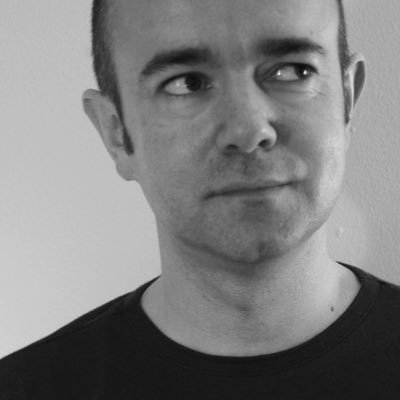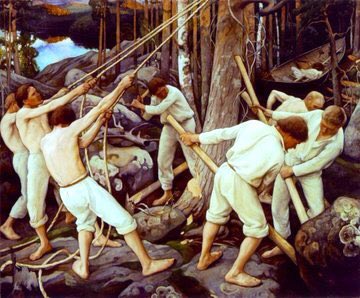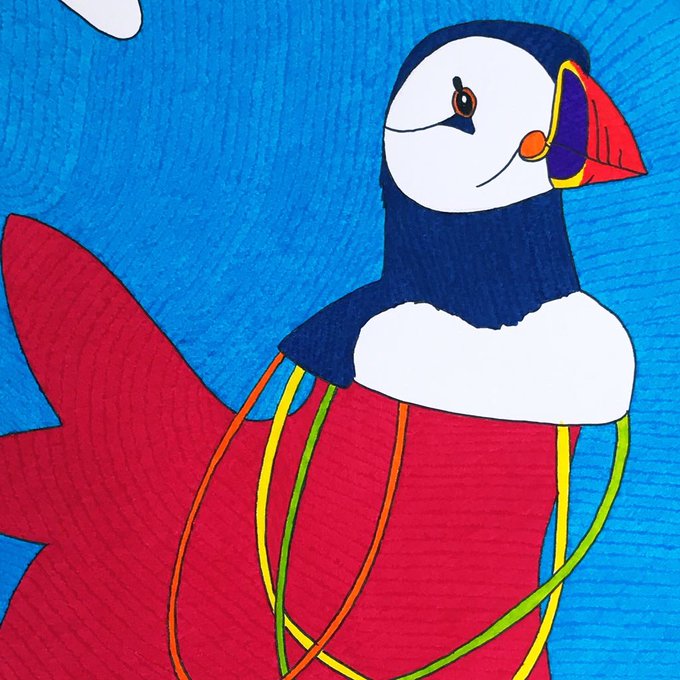Halonen loved kids & had eight of them, many of whom populate his work & for whom he made up magical bedtime stories. In the evenings his wife would often drop into the studio in their house & play music for him. Pihalla Leikkiviä Lapsia (1909), Nude (1910) & Girl Writing (1911)
His work is recognised as part of the Finnish National Romantic movement in exalting the culture of his native land. Tuonen Lehto (1902), Ilveksen Jäljlla (1903), Maija Halonen (1905), Violinist (1905) & Self-Portrait (1906)
Washing on the Ice (1900) is one of Halonen’s greatest works. It applies the lessons he learnt from Gaugin on Post Impressionism & applying them to the Finnish Landscape. The Lynx Skier (1900) & Pioneers (1900)
His house was always busy with family & visitors - many ending up appearing in his pictures. His sons, particularly, grew tired of posing for him. in Ateria (1899), Snow-covered Pine Saplings (1899), Talvinen Iltarusko (1899) & Load of Hay (1899)
Thread: Pekka Halonen (1865-1933), Finnish artist, traced the evolution of the nation’s independence through his depiction of its rich culture & traditions. He was a realist painter with a gift for light who is one of the great painters of Northern Europe. He died on this day
Here we have a mythological figure playing the pan pipes, the body of the Dead Christ & one of his most homoerotic studies. His understanding of musculature, elegant composition & sensuality in his drawings is striking



























